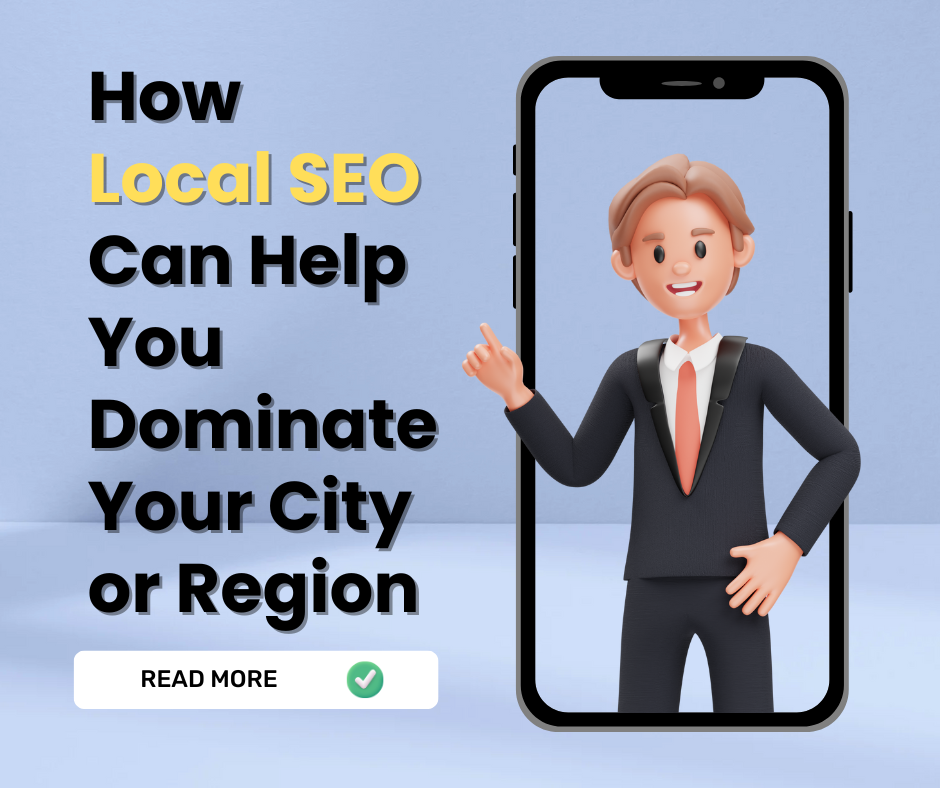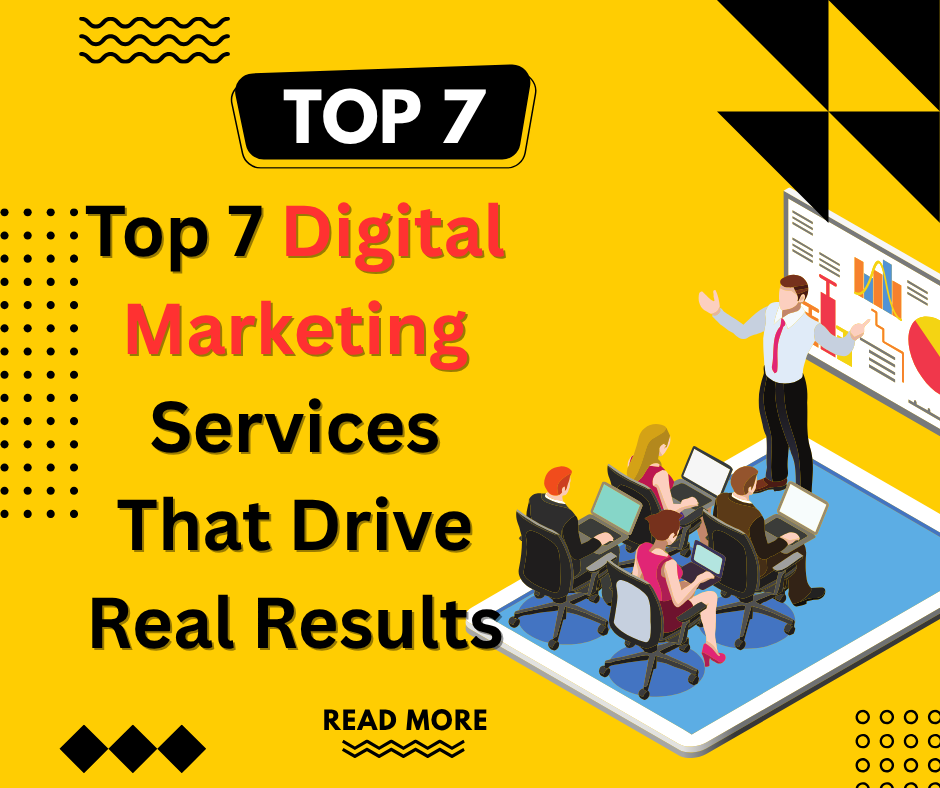Introduction
Local SEO dominate strategies have become the ultimate game-changer for businesses seeking to establish market leadership in their geographic area. With 97% of consumers searching online for local businesses and 46% of all Google searches having local intent, mastering local search optimization is no longer optional—it’s essential for survival and growth.
The digital landscape has fundamentally shifted how customers discover and choose local businesses. Gone are the days when Yellow Pages advertisements and word-of-mouth referrals were sufficient to build a thriving local enterprise. Today’s consumers rely heavily on search engines, online reviews, and digital maps to make purchasing decisions.
This comprehensive guide reveals proven strategies that successful businesses use to dominate their local markets through strategic SEO implementation. You’ll discover actionable techniques to outrank competitors, attract more qualified leads, and establish your business as the go-to authority in your city or region.
What Is Local SEO and Why Does It Matter?
Local SEO is the practice of optimizing your online presence to attract customers from specific geographic locations. Unlike traditional SEO that targets broad audiences, local search optimization focuses on capturing high-intent searches from people in your immediate service area who are ready to make purchases.
The power of local SEO lies in its ability to connect businesses with customers at the precise moment they’re looking for products or services nearby. When someone searches for “best pizza near me” or “plumber in [city name],” they’re displaying immediate purchase intent and geographic relevance.
Google’s algorithm prioritizes local results for location-based searches, creating massive opportunities for businesses that optimize correctly. The local pack—those three business listings that appear at the top of search results with map information—receives the majority of clicks and drives significant foot traffic to physical locations.
Local search optimization encompasses multiple components including Google My Business optimization, local keyword targeting, citation building, review management, and location-specific content creation. Each element works synergistically to improve visibility and establish local market dominance.
Businesses that master local SEO typically see 30-50% increases in qualified leads, higher conversion rates, and stronger brand recognition within their target markets. The investment in local optimization pays dividends through sustained competitive advantages and customer acquisition cost reductions.
8 Proven Strategies to Use Local SEO to Dominate Your Market
1. Optimize Your Google My Business Profile Completely
Google My Business serves as the foundation of all local SEO dominate efforts. Complete every section of your profile with accurate business information, high-quality photos, and detailed service descriptions.
Regularly update your GMB profile with posts, offers, and events to signal active management to Google’s algorithm. Businesses with complete, frequently updated profiles rank higher in local search results and attract more customer engagement.
2. Implement Strategic Local Keyword Targeting
Research and target location-specific keywords that your ideal customers use when searching for your services. Focus on terms like “[service] + [city name]” and “[service] near me” variations that indicate local search intent.
Create dedicated landing pages for each service area you want to dominate. This approach allows you to target multiple geographic locations while providing relevant, localized content that resonates with specific communities.
3. Build Consistent Local Citations Across Directories
Ensure your business name, address, and phone number (NAP) information appears consistently across all online directories, review sites, and local business listings. Inconsistent information confuses search engines and hurts local rankings.
Focus on high-authority directories like Yelp, Yellow Pages, Facebook, and industry-specific platforms. Quality citations from reputable sources signal legitimacy and improve local search visibility significantly.
4. Generate and Manage Customer Reviews Strategically
Actively encourage satisfied customers to leave positive reviews on Google, Yelp, and other relevant platforms. Reviews serve as powerful ranking factors and social proof that influences purchasing decisions.
Respond professionally to all reviews, both positive and negative. Engaging with customer feedback demonstrates excellent customer service and shows potential customers that you value their experience.
5. Create Location-Specific Content That Resonates
Develop blog posts, service pages, and resources that address local community needs and interests. Content that mentions local landmarks, events, and neighborhood-specific information performs well in local search results.
Share local success stories, case studies, and testimonials from customers in your target area. This approach builds trust while naturally incorporating location-based keywords that improve search rankings.
6. Optimize for “Near Me” and Voice Search Queries
With mobile voice searches increasing rapidly, optimize for conversational queries and “near me” searches. Include natural language phrases and question-based keywords in your content.
Ensure your website loads quickly on mobile devices and provides clear contact information and directions. Mobile optimization directly impacts local search rankings and user experience.
7. Build Local Link Building Relationships
Establish relationships with other local businesses, community organizations, and local media outlets to earn high-quality backlinks. Local links carry more weight for local SEO than generic backlinks from distant sources.
Sponsor local events, participate in community activities, or collaborate with complementary businesses to create natural link-building opportunities that strengthen your local authority.
8. Monitor and Track Local SEO Performance
Use tools like Google Analytics, Google Search Console, and local SEO platforms to track your local search performance. Monitor keyword rankings, GMB insights, and conversion metrics to identify optimization opportunities.
Regular performance analysis helps you understand which strategies drive the best results and where to focus future optimization efforts for maximum impact.
Essential Local SEO Tools for Market Domination
Professional local SEO requires specialized tools to research, implement, and monitor optimization strategies effectively. Google My Business Insights provides valuable data about customer interactions, search queries, and performance metrics for your local listings.
BrightLocal offers comprehensive local SEO auditing, citation tracking, and reputation monitoring features. Their platform helps identify citation inconsistencies and monitors local search rankings across multiple locations.
SEMrush and Ahrefs include local SEO features for keyword research, competitor analysis, and local pack tracking. These tools help identify opportunities and monitor your progress against local competitors.
Moz Local specializes in citation management and local listing optimization. Their platform ensures consistent NAP information across hundreds of directories and monitors listing accuracy over time.
Google Analytics and Search Console provide essential insights into local search traffic, user behavior, and technical optimization opportunities. Proper setup and monitoring of these free tools is crucial for measuring local SEO success.
Common Local SEO Mistakes That Kill Your Rankings
Many businesses sabotage their local SEO efforts through fundamental errors that prevent them from achieving market dominance. Inconsistent NAP information across online platforms confuses search engines and dilutes local search authority.
Neglecting Google My Business optimization is perhaps the most costly mistake. Incomplete profiles, outdated information, and lack of regular updates signal inactivity to Google’s algorithm and hurt local rankings significantly.
Focusing only on generic keywords instead of location-specific terms misses the high-intent local search traffic. Businesses must target geo-modified keywords to capture customers searching for local solutions.
Ignoring online reviews and reputation management allows negative feedback to damage local search performance. Unaddressed negative reviews and lack of fresh positive reviews hurt both rankings and customer trust.
Creating duplicate content across multiple location pages instead of unique, locally-relevant content for each area dilutes SEO value and provides poor user experience.
Failing to optimize for mobile searches is particularly damaging for local SEO, as most local searches occur on mobile devices. Slow-loading pages and poor mobile user experience directly impact local rankings.
Not tracking and measuring local SEO performance prevents businesses from identifying what works and what doesn’t. Without proper analytics, optimization efforts become guesswork rather than strategic improvements.
Frequently Asked Questions
Q: How long does it take to see results from local SEO efforts? A: Most businesses see initial improvements in local search visibility within 30-60 days, with significant results appearing after 3-6 months of consistent optimization. Google My Business optimization can show faster results, sometimes within 2-4 weeks.
Q: How important are online reviews for local SEO rankings? A: Online reviews are crucial ranking factors for local SEO. Businesses with more positive reviews and higher overall ratings typically rank higher in local search results. Reviews also influence click-through rates and conversion rates significantly.
Q: Can I dominate local SEO in multiple cities simultaneously? A: Yes, but it requires creating separate, location-specific landing pages and GMB profiles for each area. Each location needs unique content and optimization strategies. Attempting to rank for multiple cities with generic content rarely succeeds.
Q: What’s the difference between local SEO and traditional SEO? A: Local SEO focuses on geographic-specific searches and local ranking factors like GMB optimization, local citations, and proximity signals. Traditional SEO targets broader audiences without geographic limitations and emphasizes different ranking factors.
Conclusion
Local SEO dominate strategies represent the most cost-effective way for businesses to establish market leadership and attract high-quality customers in their geographic area. The techniques outlined in this guide provide a roadmap for outranking competitors and capturing the attention of local customers actively searching for your services.
Success in local search optimization requires consistent effort, strategic implementation, and ongoing monitoring. Businesses that commit to comprehensive local SEO strategies typically see substantial increases in qualified leads, higher conversion rates, and stronger brand recognition within their target markets.
The digital landscape continues evolving, but local search remains a constant driver of business growth. Companies that master local search optimization today will enjoy sustainable competitive advantages and market dominance for years to come.
Start implementing these local SEO dominate strategies immediately to begin your journey toward local market leadership. The businesses that act quickly and execute consistently will capture the greatest share of local search traffic and establish themselves as the dominant players in their markets.
SEO vs Google Ads: Which One Is Right for Your Business? The Ultimate 2025 Guide Read More.


